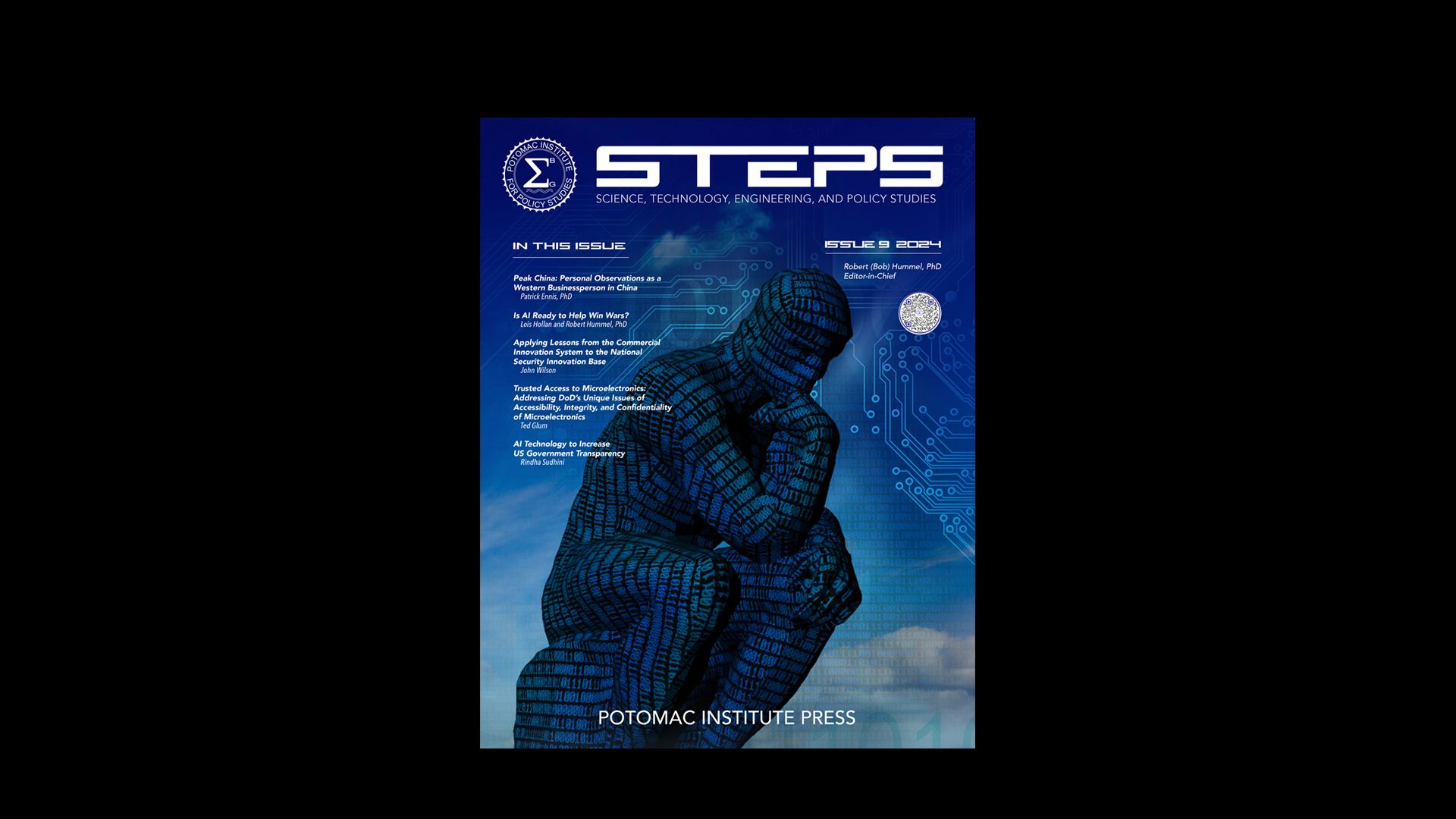 "Intel Corp. made news recently by commenting on its ongoing delays with its 7-nanometer technology node, and hinting that the company may consider going fabless in the future.
"Intel Corp. made news recently by commenting on its ongoing delays with its 7-nanometer technology node, and hinting that the company may consider going fabless in the future.
Imagine this, a major U.S. microelectronics giant admitting problems and possibly abandoning its fabrication efforts. That’s from a company whose market dominance has been based on beating others in the complex semiconductor chip fabrication game. That is big news.
This announcement has sparked a considerable amount of concern based on the potential U.S. loss of a major semiconductor manufacturing capability during the height of new supply chain concerns. Some folks have reacted with alarm, suggesting the U.S. government should do what it can to keep Intel in the fabrication business.
Let’s take a closer look at what might have driven Intel to consider such a fabless future and the wisdom of government intervention to stop this."
Click here to read the full article at nationaldefensemagazine.org

Dr. Fritze is a Vice President at the Potomac Institute for Policy Studies responsible for the Microelectronics Policy portfolio. His current interests and activities include USG trusted access strategies, support of needed legacy technologies, DOD innovation policy and outreach to Industry and strengthening the US Microelectronics Industrial Base. He is also the Director of the VITAL Center (Vital Infrastructure Technology And Logistics) at Potomac.
Dr. Fritze was the Director of the Disruptive Electronics Division at the USC Information Sciences Institute. (2010-2015). He also held a Research Professor appointment in the USC Ming Hsieh Department of Electrical Engineering (Electrophysics). His research interests at ISI included Trusted Electronics, CMOS Reliability & Robustness, Low power 3DIC enabled electronics and Rad-hard electronics. He was a Program Manager at the DARPA Microsystems Technology Office (MTO) from 2006-2010. While at DARPA, Dr. Fritze was responsible for Programs in the areas of 3D Integrated Circuits (3DIC), Steep-Subthreshold-slope Transistors (STEEP), Radiation Hardening by Design (RHBD), Carbon Electronics for RF Applications (CERA), Silicon-based RF (TEAM), Ultra-low power Digital (ESE), Highly regular designs (GRATE) and Leading-edge foundry access (LEAP).
Prior to joining DARPA, Dr. Fritze was a staff member from 1995-2006 at MIT Lincoln Laboratory in Lexington, Massachusetts, where he worked on fully-depleted silicon on insulator (FDSOI) technology development with an emphasis on novel devices. Particular interests included highly scaled, tunneling-based, and ultra-low power devices. Dr. Fritze also worked in the area of silicon-based integrated optics. Another research interest at Lincoln Laboratory was in the area of resolution-enhanced optical lithography and nanofabrication with particular emphasis on low volume technological solutions.
Dr. Fritze received a Ph.D. in Physics from Brown University in 1994, working in the area of compound semiconductor quantum well physics. He received a B.S. in Physics in 1984 from Lehigh University. Dr. Fritze is an elected member of Tau Beta Pi and Sigma Xi. He is a recipient of the Office of the Secretary of Defense Medal for Exceptional Public Service awarded in 2010. He is a Senior Member of the IEEE and is active on the GOMAC Conference Program Committee as well as the NDIA Electronics Division Policy Group. Dr. Fritze has published over 75 papers and articles in professional journals and holds several U.S. Patents.

















